- News
- Reviews
- Bikes
- Components
- Bar tape & grips
- Bottom brackets
- Brake & gear cables
- Brake & STI levers
- Brake pads & spares
- Brakes
- Cassettes & freewheels
- Chains
- Chainsets & chainrings
- Derailleurs - front
- Derailleurs - rear
- Forks
- Gear levers & shifters
- Groupsets
- Handlebars & extensions
- Headsets
- Hubs
- Inner tubes
- Pedals
- Quick releases & skewers
- Saddles
- Seatposts
- Stems
- Wheels
- Tyres
- Tubeless valves
- Accessories
- Accessories - misc
- Computer mounts
- Bags
- Bar ends
- Bike bags & cases
- Bottle cages
- Bottles
- Cameras
- Car racks
- Child seats
- Computers
- Glasses
- GPS units
- Helmets
- Lights - front
- Lights - rear
- Lights - sets
- Locks
- Mirrors
- Mudguards
- Racks
- Pumps & CO2 inflators
- Puncture kits
- Reflectives
- Smart watches
- Stands and racks
- Trailers
- Clothing
- Health, fitness and nutrition
- Tools and workshop
- Miscellaneous
- Buyers Guides
- Features
- Forum
- Recommends
- Podcast
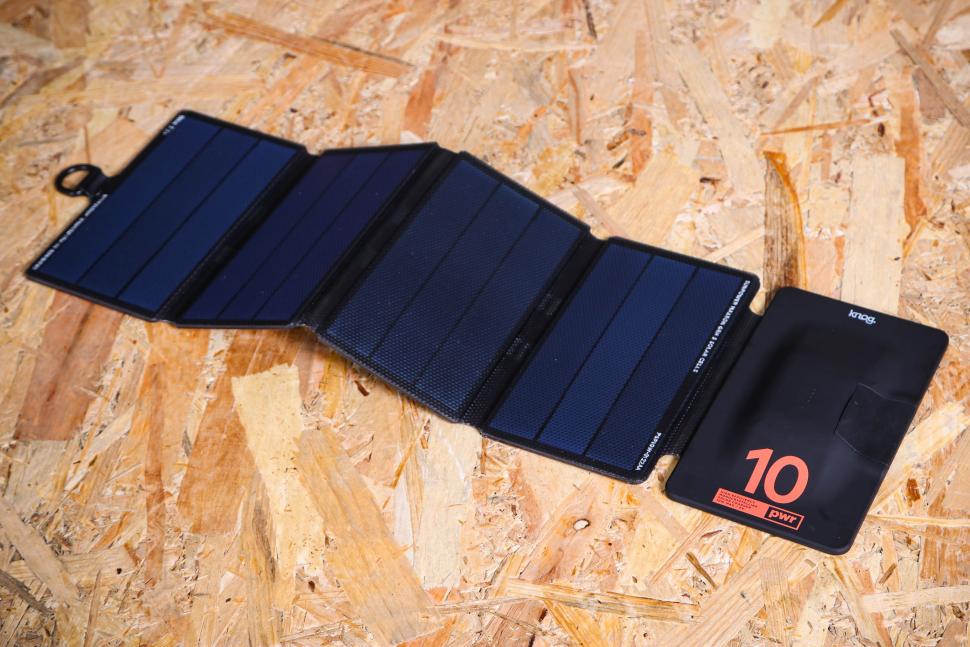 2022 Knog PWR Solar 10W Panel.jpg
2022 Knog PWR Solar 10W Panel.jpg£109.95
VERDICT:
Premium feeling, rugged solar panel, though missing attachment points for bike or backpacking use
Decent power output for the size
Tough build quality
Visual charge indicator
No eyelets or fixing points beyond the one D-ring
Not weatherproof when open
Weak magnets
Weight:
493g
Contact:
At road.cc every product is thoroughly tested for as long as it takes to get a proper insight into how well it works. Our reviewers are experienced cyclists that we trust to be objective. While we strive to ensure that opinions expressed are backed up by facts, reviews are by their nature an informed opinion, not a definitive verdict. We don't intentionally try to break anything (except locks) but we do try to look for weak points in any design. The overall score is not just an average of the other scores: it reflects both a product's function and value – with value determined by how a product compares with items of similar spec, quality, and price.
What the road.cc scores meanGood scores are more common than bad, because fortunately good products are more common than bad.
- Exceptional
- Excellent
- Very Good
- Good
- Quite good
- Average
- Not so good
- Poor
- Bad
- Appalling
The Knog PWR Solar 10W Panel is a tough, compact folding solar array that delivers plenty of USB power even at high latitudes. While the package is tidy, it lacks fixing points or the ability to stand alone to align to lower sun angles.
Knog has a reputation for designing great products that work well. The PWR Solar Panel is no exception – you unfold it, point it at the sun, plug in a USB device and, if it's sunny, power flows – up to 2 amps of current into any USB device. That might be a battery bank, a phone, GPS device or anything else you want to charge.
The four panels are monocrystalline cells, and are protected by a coating to give, according to Knog, 'unparalleled protection from heat, water, salt, oil, and dirt'. They certainly feel tough, and the flexible sections joining the panels feel like they'll last a lifetime of adventure. There's a two-year warranty to back them up.
A maximum of 2A output is pretty good – most 240V wall chargers max out at 2A. I live in the middle of Scotland, on the southern edge of the Highlands, and at noon on midsummer the PWR panel gives a maximum of 1.8A. As solar density wanes through the year as the sun's angle changes, this figure will drop, of course. As a rule of thumb, if you get four hours of full power in summer, you'll only get one hour in winter.
The PWR weighs 500g and folds into the size of a Moleskine diary. It has magnets that keep it folded, but they aren't particularly strong. Knog says these magnets can be used to help arrange the panel on ferrous material, but though they will hold it flat on a steel car roof or bonnet, I found them too weak to be effective on any sloping surface.
The charging end is thicker and heavier than the four solar panels, to accommodate the USB-A socket. At some point hopefully Knog will get on the USB-C bus, meaning a much slimmer socket and less need for adapters – increasingly, USB battery banks are USB-C to take advantage of higher charging currents.
The socket is covered by a rubber block when not in use, but this isn't waterproof – Knog says it's 'water resistant when closed'. A bit of rain isn't going to kill it, and as the voltage is USB the chance of a serious malfunction if it gets caught in a shower is low. With the port in use it's definitely not even water resistant – maybe Knog could look at a redesigned USB cover that kept rain out in use. Yes, if it's raining there's no sun obvs, but if you're cycling for multiple hours you don't want to keep stopping to plug and unplug your charging setup when a shower passes.
You can fold the charging panel underneath the last solar panel, thereby keeping the connector port out of direct weather while in use. This also reduces the overall length from 535mm down to 440mm, improving placement options on a bike if needed.
On the front of the charging panel there are four tiny red LEDs that light up solid from one to four to show the quality of the sun's power – helpful when orientating the panel for maximum output. When you connect a device they switch to flashing, to show a charge is being delivered – again, one being lowest, four being highest. It's a simple indicator, but it works. The power will automatically restart charging after a cloudy break, riding under a building and so on.
> Your complete guide to bikepacking
There's a D-ring at one end that allows the panel to be hung from a wall or branch, which might suit the sun's angle. Disappointingly, there are no other attachment points or a built-in stand that can hold the panel at an angle to face and catch the sun. In a package costing £110 this is a striking omission – for a company so grounded in industrial design, making a couple of fold-out legs to hold the panel up doesn't strike me as a major ask.
For cycling needs I can see a desire to attach the PWR Panel to a set of panniers, maybe across a rack, drybag or a bar bag. But with no attachment points provided beyond the single D-ring, you're down to a selection of BYO bungee cords or the like to keep the panel from flapping about or falling off. You can add stick-on Velcro patches or adhesive D-ring mounts to give fixing points, and I'd hope Knog would include these as well as a self-supporting stand in future products. For a product whose performance dictates it must be facing the sun directly, the lack of means to do so is glaringly obvious.
Value
At £110 the PWR Panel is certainly a higher-priced solar panel option. Decathlon's USB Solar Panel 10W is only £40, and comes with not only four holes for fixing down, but two little carabiners for attaching to a backpack, and a mesh pocket for holding whatever you are charging in place – handy. The panels claim 19% efficiency, which is close to the monocrystalline panels Knog uses at around 25%.
Currently sold out (well, at the time of writing I could see one available on ebay) but highly rated in reviews is the Anker PowerPort Solar Lite 2 for around £75, with elastic loops for fixing and two USB ports.
Conclusion
Overall, I like the Knog PWR Solar 10W Panel. It kicks out decent current, folds up small and feels premium and tough. The lack of mounting points for on-bike use can be addressed with bungees, sticky Velcro or stick-on mounting points for less than a tenner, and it's well proportioned for on-bike use if you need to charge while riding. It's certainly priced higher than other options, but features the latest tech and a solid build.
Verdict
Premium feeling, rugged solar panel, though missing attachment points for bike or backpacking use
road.cc test report
Make and model: Knog PWR Solar 10W Panel
Size tested: Folded: 175mm (L) x 105mm (W) x 35mm (D)
Tell us what the product is for and who it's aimed at. What do the manufacturers say about it? How does that compare to your own feelings about it?
It's for people wanting to charge stuff outdoors.
Knog says:
"Knog's compact solar charger allows users to explore the outdoors with an endless supply of clean renewable energy. Use this charger to provide direct power to your devices via the USB-A output, or store the energy in an external PWR Bank for future use.
As you'd expect from Knog, the PWR Solar 10W is packed with technology and features that make this solar charger stand head and shoulders above any other comparable charger on the market.
With its compact, lightweight, and sturdy design the PWR Solar 10W is the perfect choice for rugged outdoor exploration, whether it be on a bike or on foot."
Tell us some more about the technical aspects of the product?
Knog has these details:
COMPACT & LIGHTWEIGHT
The smart concertina design of the PWR Solar 10W means that when not in use it folds into a small compact unit that is not much larger than a smartphone.
Weighing in at 450g this small compact unit can fit easily into pannier bags or secure jacket pockets.
With smartly placed magnets this solar unit packs up easily when not in use, these same magnets can also be used to add positioning of the panels on a metal object.
PREMIUM SOLAR CELLS & INTELLIGENT CHIP TECHNOLOGY
Not all solar cells give an equal performance, with a huge difference in various cells efficiencies. Knog's decision to use Sunpower Maxeon Gen 5 panels featuring Monocrystalline cells allows for high module efficiency, these are the same cells that are used by Nasa.
Through Knog's use of advanced integrated chip technology, the PWR Solar 10W panels can detect improving solar conditions and automatically re-start the charging process to allow the device that is being charged to draw the optimum charging current, creating the most efficient charging in any given conditions.
DURABLE & RUGGED
Every aspect of PWR Solar 10W has been designed with adventure in mind. As such, the entire unit is coated with ETFE which is considered the leading industrial coating offering unparalleled protection from heat, water, salt, oil, and dirt.
The charger also has a handy D-ring attachment which allows for convenient and secure storage or premium placement for maximum sun absorption.
DUAL FUNCTION LEDS
4 conveniently located LEDs on the top of the unit perform dual display functions.
When the LEDs display on steady they are measuring the quality of the available sunlight which allows for placement to ensure optimum sunlight capture.
When the LED's are flashing they are indicating the rate at which your device is charging, with the unit only delivering the level of charge that a device requires.
SPECIFICATIONS
Product Dimensions - Folded: 175mm (L) x 105mm (W) x 35mm (D) Deployed: 540mm (L) x 175mm (W) x 17mm (D)
Rate the product for quality of construction:
9/10
Built with premium materials and feels tough.
Rate the product for performance:
9/10
Once aligned, power output is good.
Rate the product for durability:
8/10
Feels really rugged, should last quite a few tough trips.
Rate the product for weight (if applicable)
6/10
Half a kilo is rather heavy for its size.
Rate the product for value:
4/10
There are higher-powered and better-featured options for less money.
Tell us how the product performed overall when used for its designed purpose
The lack of fixings or a stand is disappointing, meaning you need to find something to prop it against.
Tell us what you particularly liked about the product
Lots of current, even at high latitudes.
Tell us what you particularly disliked about the product
Lack of a stand or fixing points beyond the one D-ring.
How does the price compare to that of similar products in the market, including ones recently tested on road.cc?
It's a high-priced device for the 10W capacity, for sure. Whether that is justified by its ruggedness is up to you.
Did you enjoy using the product? Yes
Would you consider buying the product? Yes
Would you recommend the product to a friend? Yes, but with caveats.
Use this box to explain your overall score
It's very good, but the price is high for a product missing attachment points or a built-in stand.
About the tester
Age: 47
I usually ride: Sonder Camino Gravelaxe My best bike is: Nah bro that's it
I've been riding for: Over 20 years I ride: A few times a week I would class myself as: Expert
I regularly do the following types of riding: cyclo cross, general fitness riding, mtb, G-R-A-V-E-L
Living in the Highlands, Mike is constantly finding innovative and usually cold/wet ways to accelerate the degradation of cycling kit. At his happiest in a warm workshop holding an anodised tool of high repute, Mike's been taking bikes apart and (mostly) putting them back together for forty years. With a day job in global IT (he's not completely sure what that means either) and having run a boutique cycle service business on the side for a decade, bikes are his escape into the practical and life-changing for his customers.
Latest Comments
- Bigtwin 5 sec ago
I used to frequent CW. On topic, when I first started riding on the roads, there were some 30 million fewer people in the UK. It was very much a...
- Rendel Harris 5 min 41 sec ago
Care to back that statement up? As far as I'm aware this is the only incident he has had that he or anyone else has described as life threatening,...
- OldRidgeback 12 min 42 sec ago
There is CCTV in very many places in the UK. A charge of criminal damage wouldn't look good for job prospects and would also make travelling...
- MTL Biker 18 min 41 sec ago
Robin Phans .....
- mdavidford 24 min 31 sec ago
It's a swan uprising. (As opposed to a swan upping, which is a different thing altogether.)
- Rendel Harris 26 min 49 sec ago
"Complainer" in Scottish law is simply the legal term for the person who alleges that a criminal offence has been committed against them, the...
- slc 1 hour 32 min ago
How about requiring all driving to be monitored using technology that has been available for at least 10 years? ...
- Rendel Harris 1 hour 58 min ago
Well it would be irresponsible enough if there were only cars and buses, if there are going to be "cars, buses and traffic" that's just suicidal...
- UnholyGoatFeet 2 hours 8 min ago
It's always the same... People who don't even ride bikes, are the one's crying about change too there precious roads. Let's not bother asking...
- Cycloid 2 hours 12 min ago
There are two British Standards for HiVis Garments BS EN 471 and BS EN 1150. The BS EN 1150 standard is designed for personal / leisure wear and is...






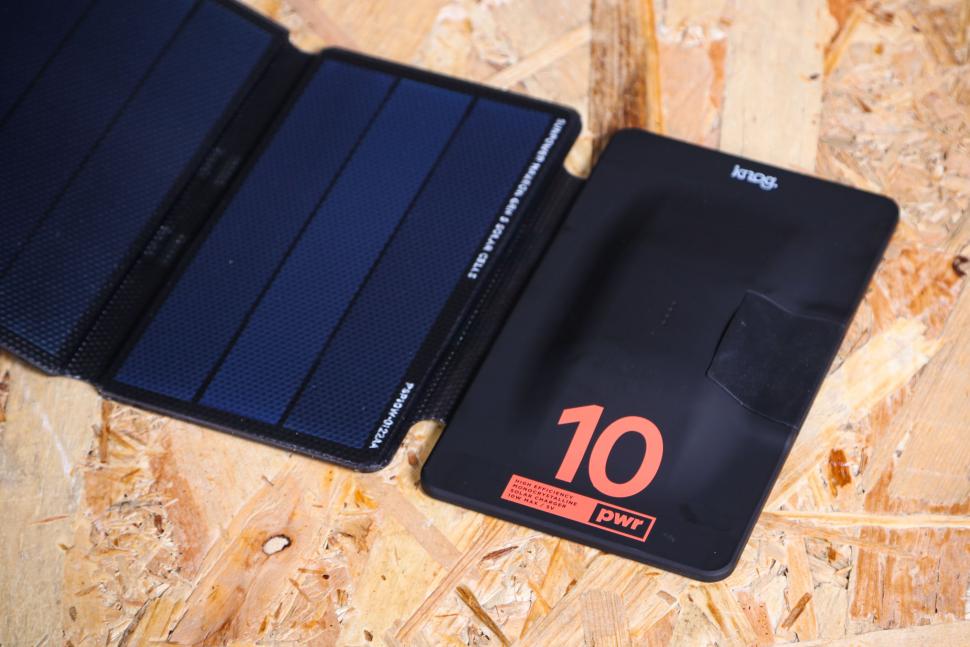

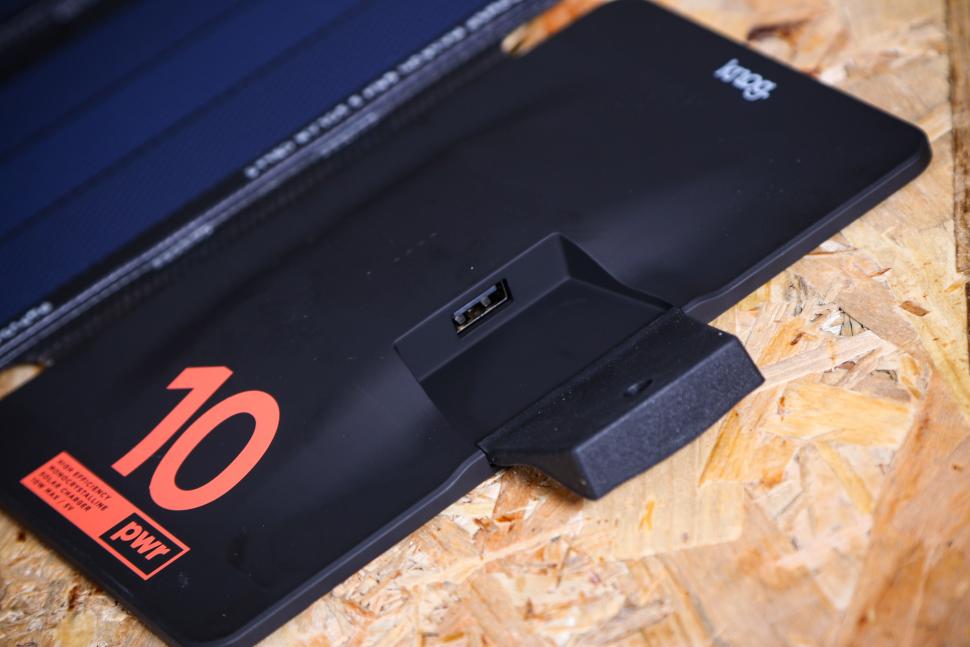

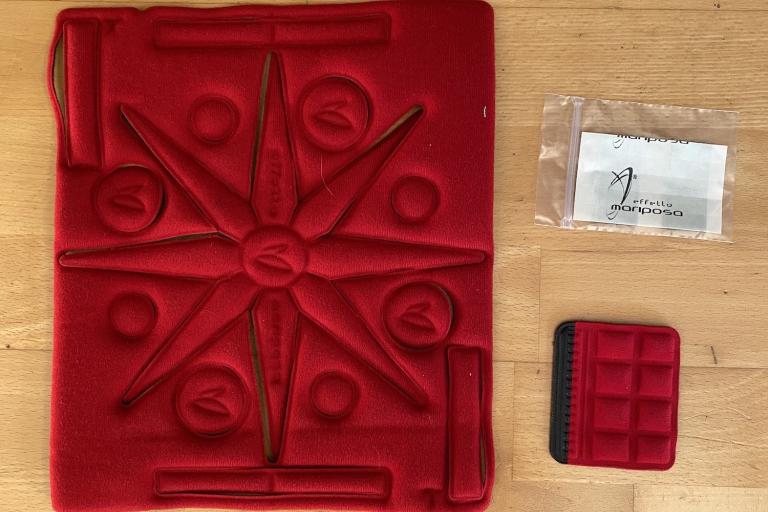
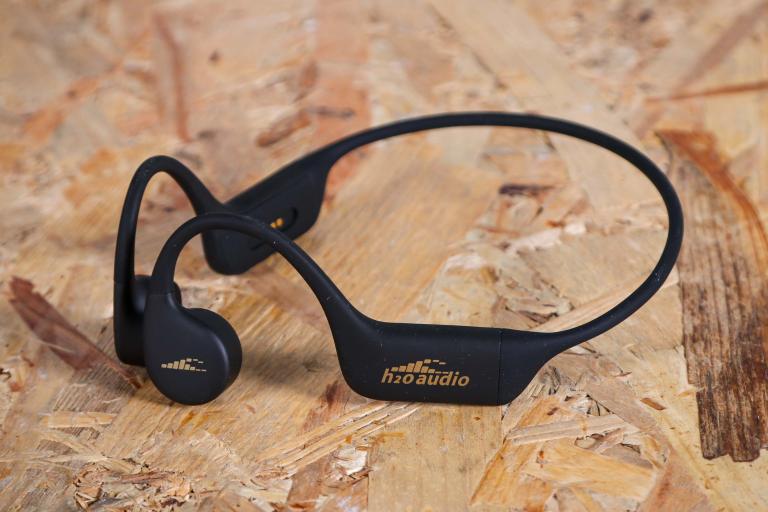
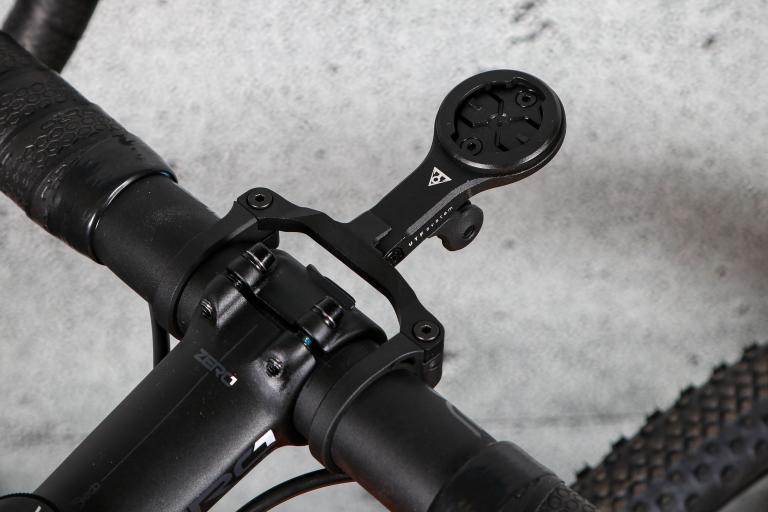
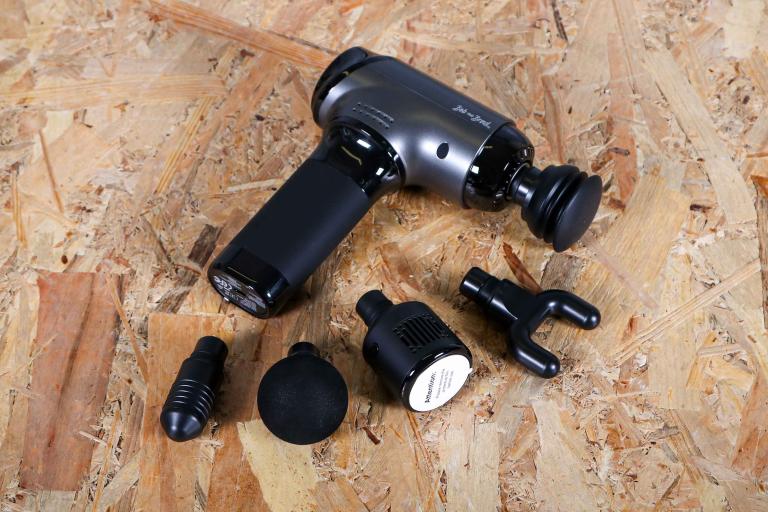
Add new comment
6 comments
No battery?
I bought an Anker 15w solar panel set to try for touring in Australia. It wasn't a success for me. I tried draping it over the rear panniers while I was riding and it was not able to generate much to recharge batteries. Anker have replaced it with a 21w version, but the 15w that I bought was well reviewed here https://www.outdoorgearlab.com/reviews/camping-and-hiking/solar-charger/...
Unless you're going to be in remote areas with clear sunlight for more than a few days, don't waste your money on solar panels. Buy decent power banks instead. They're less trouble all around.
If you did need recharging and no power was readily available, I'd look at the biggest wattage solar panels that you can sensibly carry on the bike - maybe the Anker 21w. Certainly not a 10w toy!
This solar panel forms part of Knog's PWR range. There's also a Bluetooth speaker and camping light, as well as various front light/power bank options.
Has anyone bought into this system? I was recently looking for a back up 'power system' and was very tempted as the solar panel was a good price online (Merlin IIRC).
However, concluded that at this moment in time a decent power bank was better value. As per OYB's comment below.
Did you test it while out riding/bikepacking? How did it perform while strapped to your packs?
If it doesnt work well while riding I don't really see the point [for cyclists] as unless you're setting up camp early the light is likely already fading. Carrying an additional battery pack would seem a more versatile option unless you're really likely to be out in the wilds and off-grid for an extended period.
I took it out for a couple of rides attached to a rear rack, and draped over a handlebar bag - the RouteWerks Bar Bag. In both occasions yes it worked - but the output was considerably below that when it's properly angled at the sun and left alone. If you were riding in unobstructed midday sun in the UK, but the panel was basically flat, you're likely to get maybe half an amp of maximum current due to the reduced angle.
I would be inclined to agree - something like this is a similar size and weight, cheaper, and rated at 96Wh provides as much energy as these solar panels would provide in 9.6 hours of full power (so equivalent to a couple of day's output in summer, more in winter). And would seem to be much more convenient.
If you were going off-grid for a long period, I would have thought a dynamo hub would be a better solution if you need to keep gadgets charged, especially in UK weather.